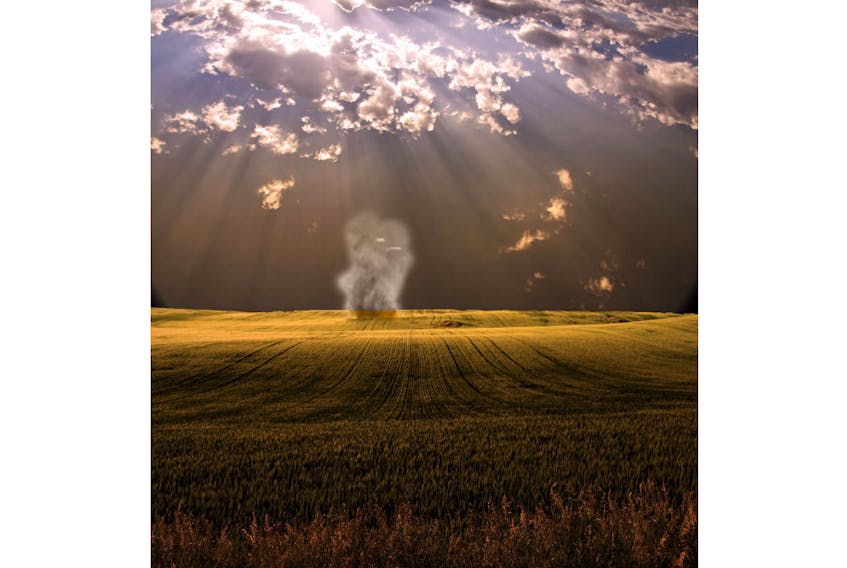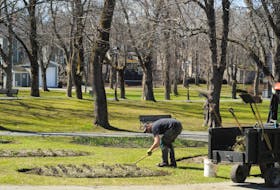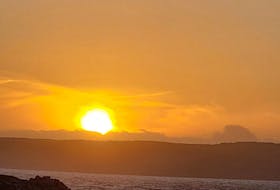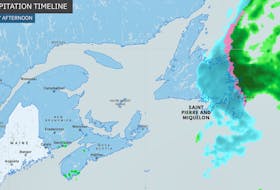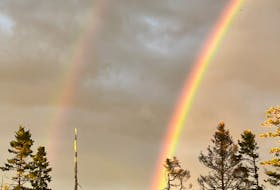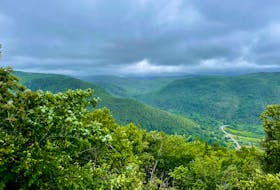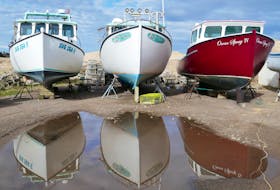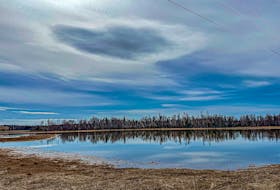Earlier this month, someone posted video of a dancing devil spinning its way across a ball diamond. The video went viral.
“Dancing devil” is one of many terms used to describe a dust devil; a few of my favourite terms include dirt devil, sand auger and, from the land down under, the willy-willy.

The video (scroll down to watch the clip) prompted me to write about what the dynamics are involved in their formation.
On April 14, Olivia Pryor posted this question on my Facebook page:
“While out at the farm planting potatoes with my boyfriend, we watched several dust twisters. An older man that works there said he couldn’t remember what his dad uses to say about the direction: if clockwise or counter-clockwise would determine a dry or wet summer.”
The rising column of air does, at some point, start to rotate. Unlike larger storms like tornadoes and hurricanes that rotate in a counter-clockwise fashion north of the equator, dust devils can rotate either cyclonically or anti-cyclonically. They are so small that the earth’s rotation really has no effect on their direction of spin.
The determining factor appears to be the local topography in the vicinity of the vortex: a small hill or a nearby building might direct the spin. Studies have found that each direction occurs with approximately equal frequency.
So back to Olivia’s question about the wet or dry summer . . .
Generally speaking, our ancestors equated a counter-clockwise rotation to something bad and a clockwise turn to a good omen. That might come from the fact that the wind turns clockwise around a fair-weather system and counter-clockwise around a storm.
So, I guess it’s up to you to decide. Rain is not a bad thing when you’re trying to grow crops, but it’s frowned upon by weekend golfers and beach-goers.
- Want more weather information? Visit WeatherByDay.ca
- Have a weather question, photo or drawing to share with Cindy Day? Email [email protected]
Cindy Day is the chief meteorologist for SaltWire Network.

